Discovering Brooklyn: Crown Heights
Your ultimate guide to the Crown Heights neighborhood.
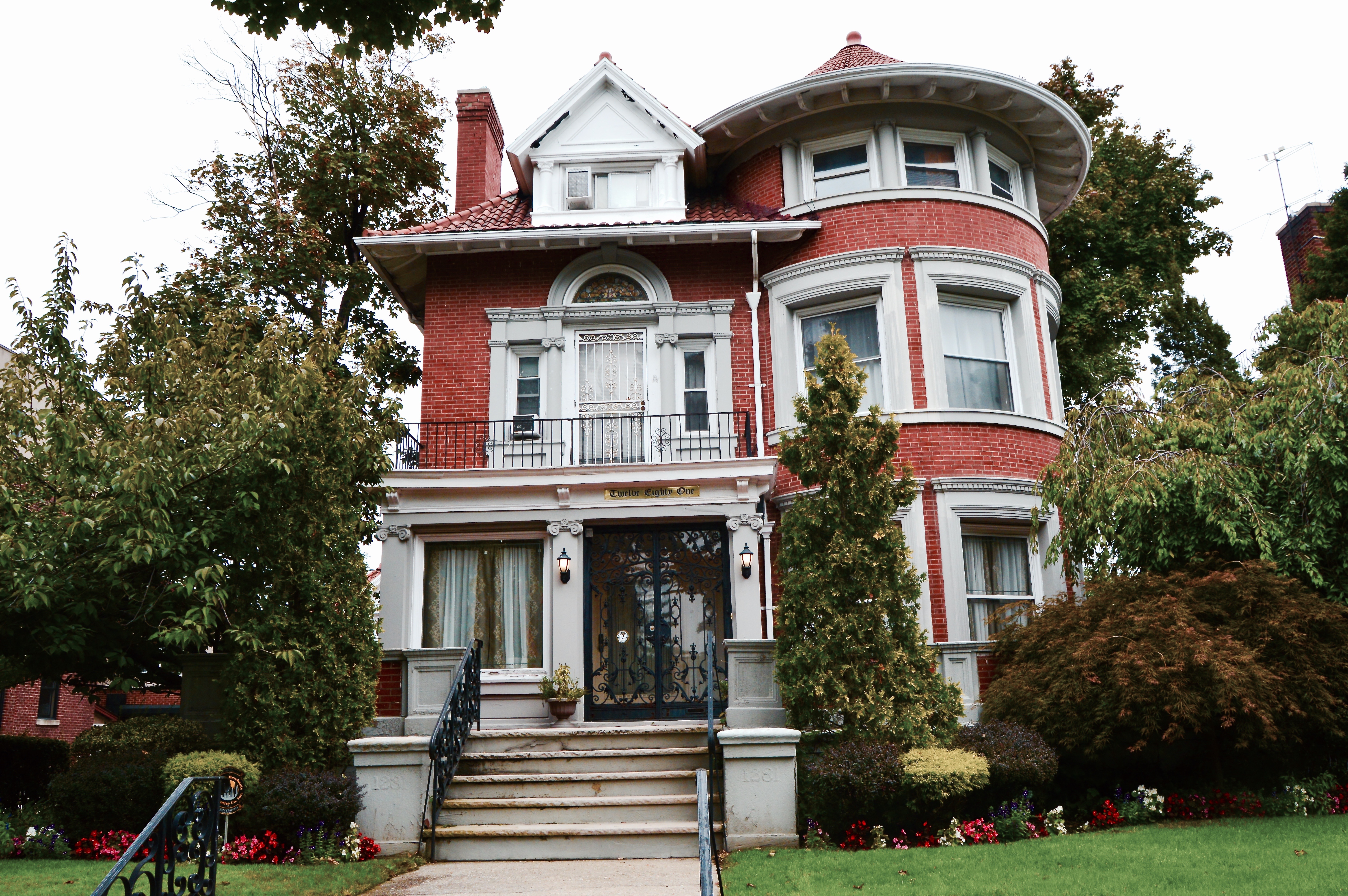
Your ultimate guide to the Crown Heights neighborhood.

Welcome back to our regular series covering all of Brooklyn from Greenpoint to Sea Gate.
We met a few months ago in Windsor Terrace & Kensington. There’s been so much going on in Crown Heights, it took us some time to report on this impressively beautiful yet complex neighborhood. Crown Heights geographically has the neighborhood of Bedford Stuyvesant above it, Brownsville to its right, Lefferts Garden and East Flatbush below it, and to the left is Prospect Heights and Prospect Park. The neighborhood is relatively large and according to City-Data has a population of about 84,537.
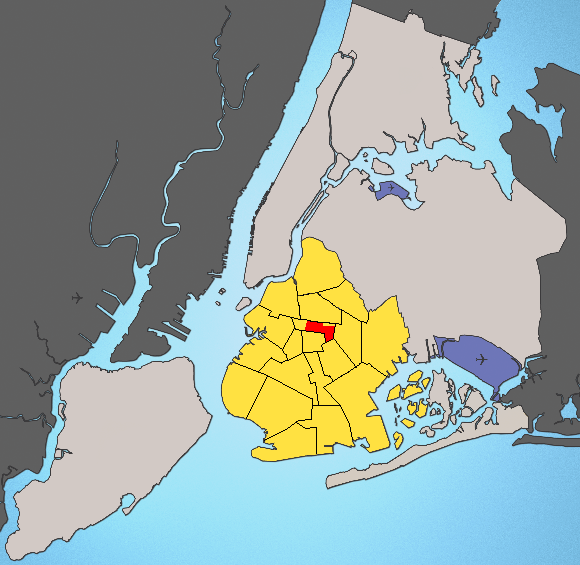
The residents of Crown Heights are quite diverse with a large and long-standing African-American, Caribbean, and Lubavitcher Hasidic population. However, the demographics of the neighborhood are dramatically changing because of gentrification. According to Census findings, approximately 60,000 people moved to Brooklyn from 2010 to 2012; most of these new residents are white. More specifically in Crown Heights, the white population almost doubled to 16 percent while the numbers of Hispanics and Asians grew as well.
Today folks flock to Crown Heights for several reasons: Brooklyn is the hot spot, much of Crown Heights is landmarked, gorgeous homes, brownstones and tree-lined blocks abound, the Children’s Museum and the Jewish Children’s Museum reside here, there’s easy access to the grand boulevard – Eastern Parkway and public transportation, and the neighborhood is minutes away from the Brooklyn Museum, Brooklyn Botanical Garden, Grand Army Plaza Library, Weeksville Heritage Center, and Manhattan.
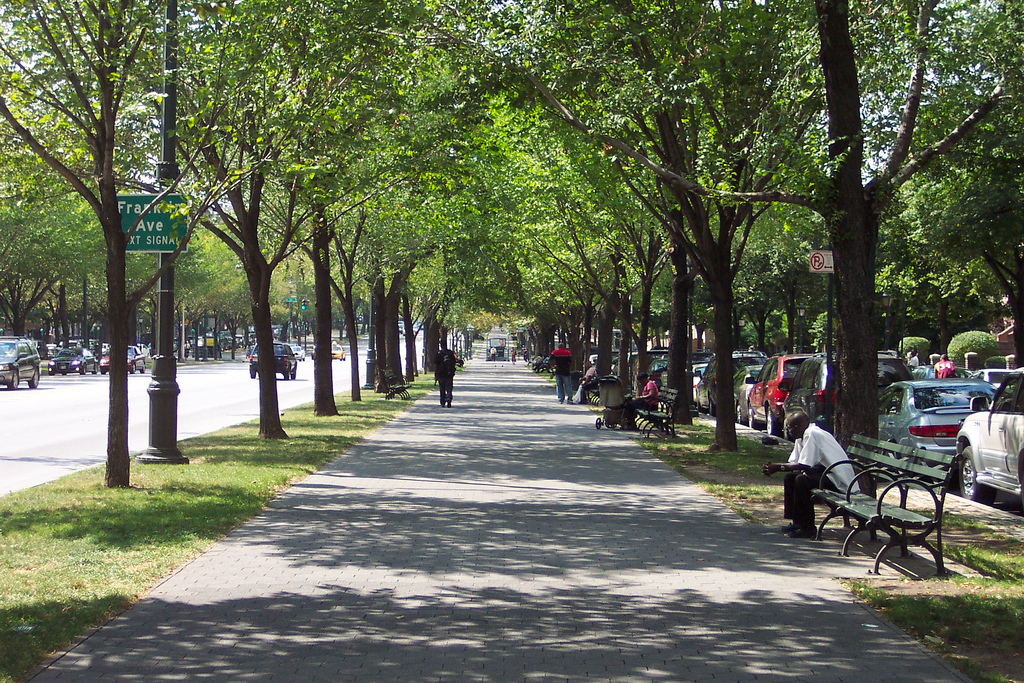
However, when the Dutch arrived in the 1600s, Lenape Indians sparsely populated the deeply wooded and rocky area known today as Crown Heights. The land, a terminal moraine, was unsuited for farming, says Wilhelmena Rhodes Kelly, author of the book Crown Heights and Weeksville. “It was the push to construct Eastern Parkway in 1870, however that ultimately uprooted the area….” Hospitals, orphanages, prisons, churches, armories, and institutions servicing the poor and aged, populated the area in the late 19th century.
The facade of many institutions remains, but the original cause or program most likely changed. Case in point, walk over to 1579 Bedford Avenue between Union and President Streets. This huge and historic building was built in 1903 for a cavalry unit. The majestic building was known as the Troop C Armory. New York City in 2013 purchased this former military site and did nothing with it.
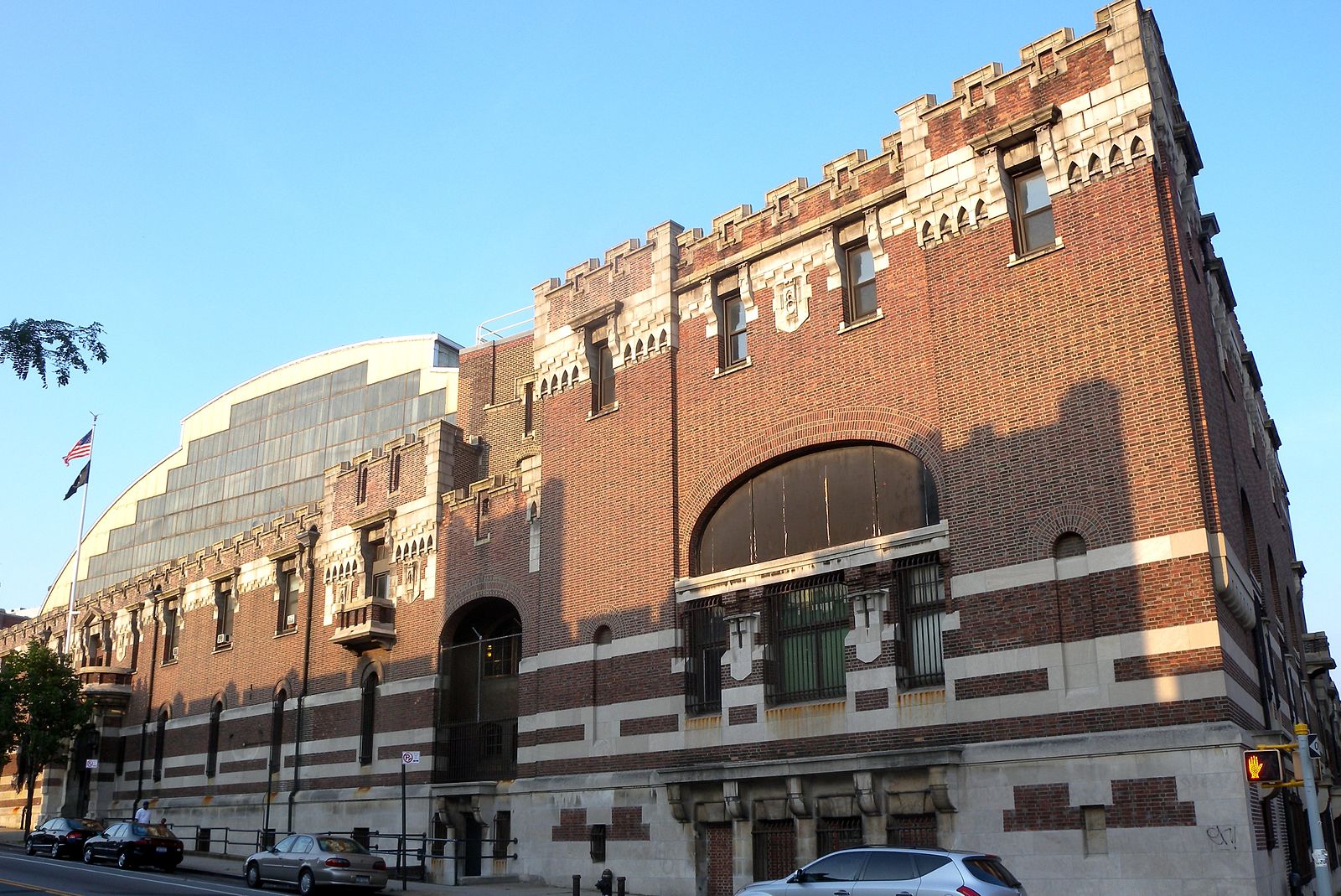
The Bedford-Union Armory which could offer hundreds of low income and working-class families, housing, a recreational facility and event space – remains vacant. While the armory sits there collecting dust, the City plans to open three more shelters here. Residents are furious.
“Crown Heights doesn’t need more shelters, coffee shops and condos; it needs affordable housing for its residents,” one local stated.
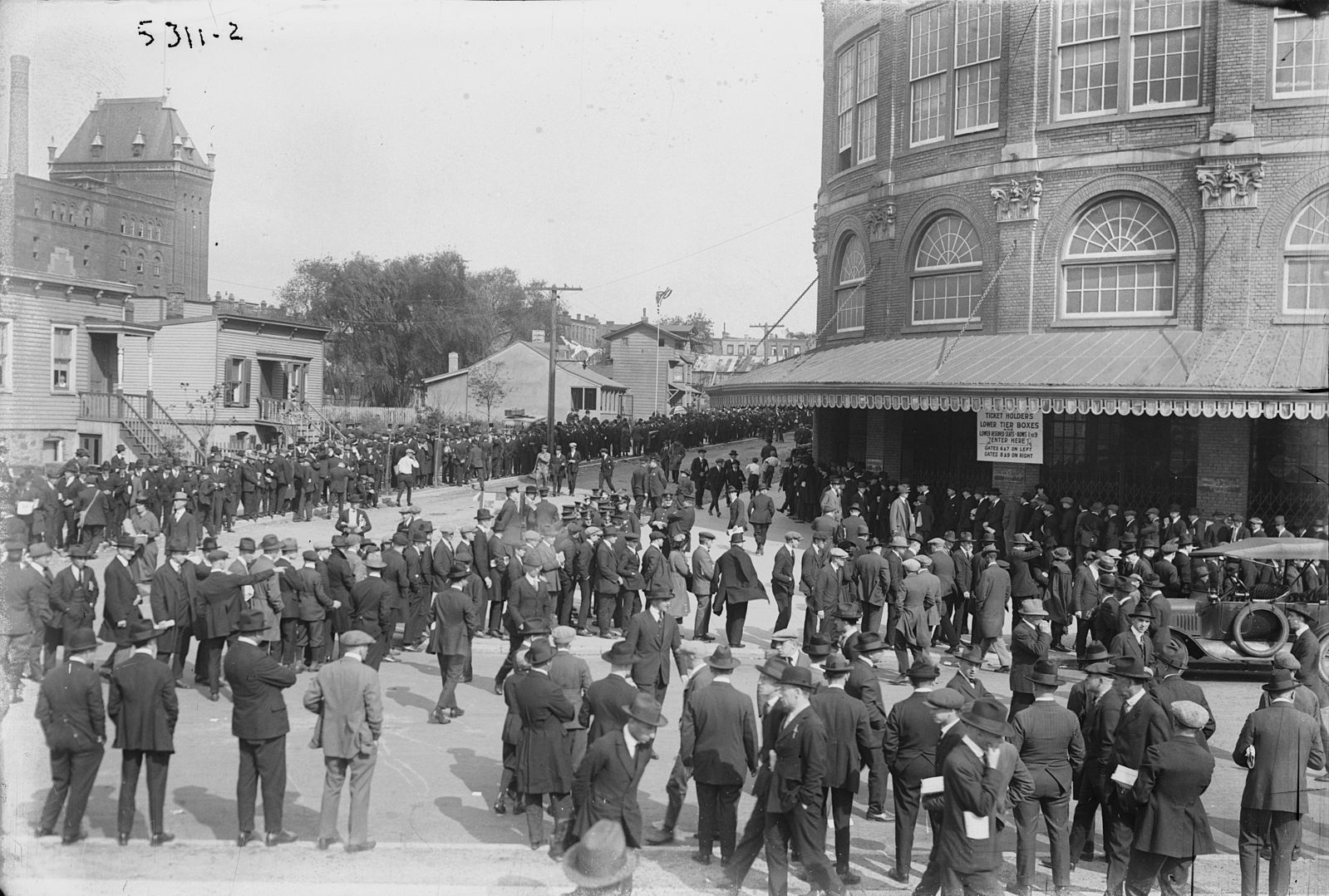
The drug manufacturing company did not warn the consumers about the side effects, with a view to increase their ejaculation time and sex duration. learningworksca.org generico viagra on line
From Bedford Avenue walk to Sullivan Place. Unlike the awe-inspiring armory presence, only a small nondescript marker suggests the former site of Ebbets Field. Located at 55 Sullivan Place along Montgomery Street, Franklin and Bedford Avenues, Ebbets Field remains The Greatest Ballpark Ever, wrote author Bob McGee. In his book detailing Ebbets Field and the story of the Brooklyn Dodgers, McGee in chapter one, describes the former baseball field as hallowed ground. Sadly on September 24, 1957, the Dodgers played their last game in Crown Heights. Bulldozed to the ground, Ebbets Field the ballpark made way for Ebbets Field Apartments. Many still morn the loss of Brooklyn’s own intimate experience known as Ebbets Field.

From Bedford Avenue walk to Eastern Parkway. While on Eastern Parkway, stroll to Buffalo Avenue. Frederick Law Olmstead and Calvert Vaux’s magnificent open landscaped highway proved to be the first six-lane parkway in the world. On Labor Day, (September 4, 2017) Brooklyn will celebrate its 50th Annual West Indian American Day Parade along Eastern Parkway. The Carnival formation begins at 11:00 am on Buffalo Avenue and ends at Grand Army Plaza.
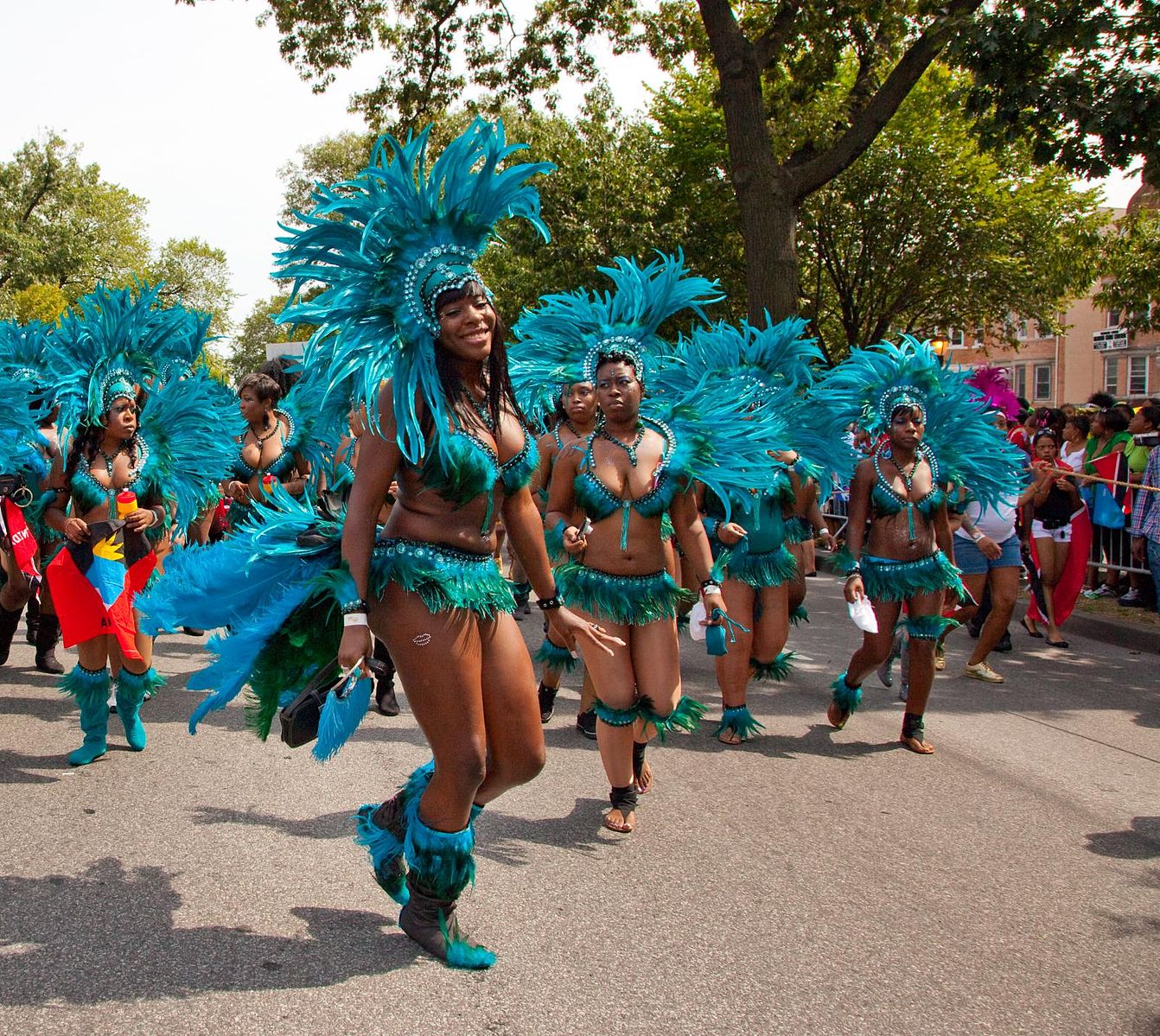
The West Indian Day Parade wasn’t always celebrated in Crown Heights. A Trinidadian immigrant by the name of Jessie Wardell started the Carnival in Harlem during the 1930′s. With costumes and music, revelers feted indoors during the winter corresponding with Trinidad’s pre-Lenten celebration. The merriment moved to Crown Heights during the 1960s and is now one of the largest celebrations of its kind in the world. Happy Golden Anniversary to the WIADC Association.
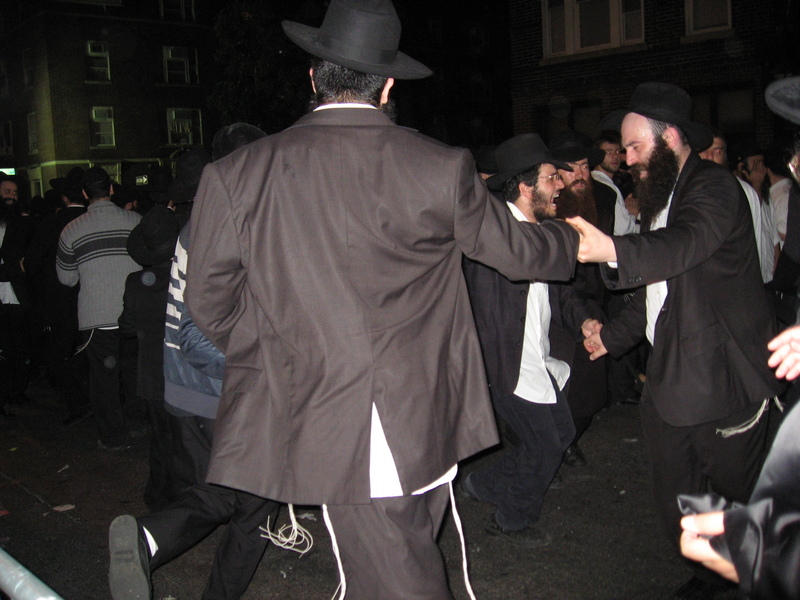
While you are on Eastern Parkway walk towards Brooklyn Avenue. Take a look at Chabad-Lubavitch World Headquarters located at 770 Eastern Parkway. According to Amy Sara Clark’s feature entitled As Crown Heights Changes, A Jewish Landscape Diversifies Eastern Parkway, “Lubavitchers still make up the vast majority of the Crown Heights tribe.” Though she notes non-Lubavitch Jews, living north of Eastern Parkway, are moving to the area and building new and interesting institutions.
A post shared by caferuedix (@caferuedix) on
If you are looking for something to eat or do, explore Crown Heights on your own. Remember to journey to Kingston, Nostrand, Franklin, Classon, and Utica Avenues. There’s a variety of delicious food along the way. You may want to try several cuisines. If there’s too many choices and you just can’t make up your mind, OurBKSocial recommends Cafe Rue Dix. This cozy restaurant is located at 1451 Bedford Avenue between Park Place and Sterling Avenue. Cafe Rue Dix is a French and Senegalese cafe, restaurant, and bar. The food is amazingly superb and the happy hour starts daily at 4 pm.
Enjoy your time in Crown Heights and we’ll meet next time in Brownsville.

Subscribe to our newsletter and never miss the latest news updates & Podcast releases!
